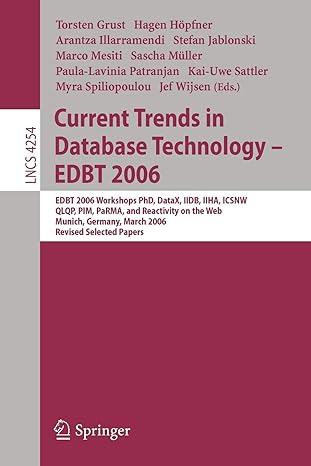Question
In the year 2028 weekly bus service is to be established between Boston and the moon. To avoid the need for large, expensive boosters for
In the year 2028 weekly bus service is to be established between Boston and\ the moon. To avoid the need for large, expensive boosters for moon escape,\ the following plan has been suggested.\ Since there is no moon atmosphere, there is no drag loss associated with\ high velocity at low altitude. Therefore, it is proposed that a long, smooth\ track be built on the surface of the moon. On this track a rocket-powered\ sled is to accelerate the bus to escape velocity, after which the bus leaves,\ carrying with it a few passengers, a member of the carmen's union, and a\ rocket engine powerful enough to effect guidance and landing in Boston.\ (a) What does a scheme of this type gain over conventional escape trajectories\ (neglecting friction of sled)? (b) Would there be any incentive for designing\ a very light sled for this purpose? (c) Is there any reason to multistage the\ sled? (d) What should the track configuration be at the point where escape\ velocity is reached? (e) If there is absolutely no limit on track length, even to\ the extent of circling the moon, is there any advantage in making the track\ very long? or very short?
Step by Step Solution
There are 3 Steps involved in it
Step: 1

Get Instant Access to Expert-Tailored Solutions
See step-by-step solutions with expert insights and AI powered tools for academic success
Step: 2

Step: 3

Ace Your Homework with AI
Get the answers you need in no time with our AI-driven, step-by-step assistance
Get Started


